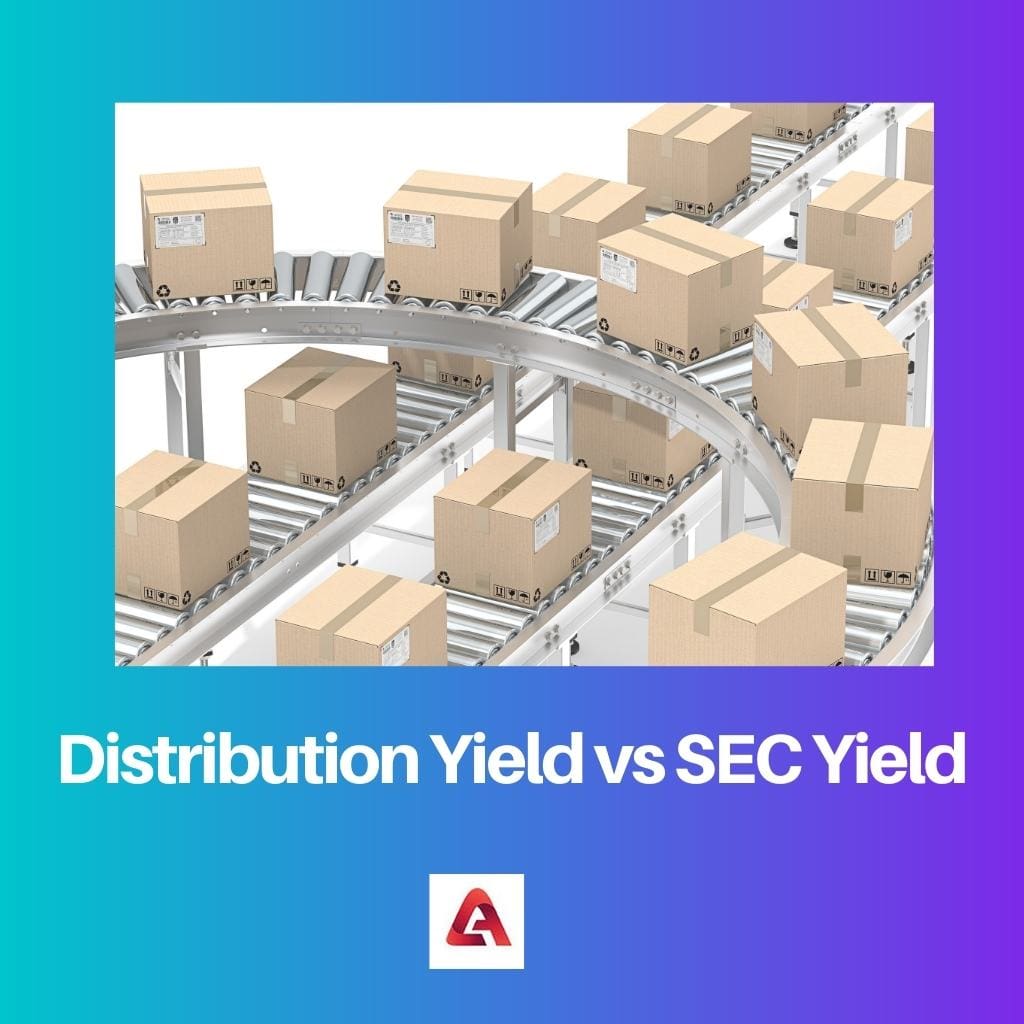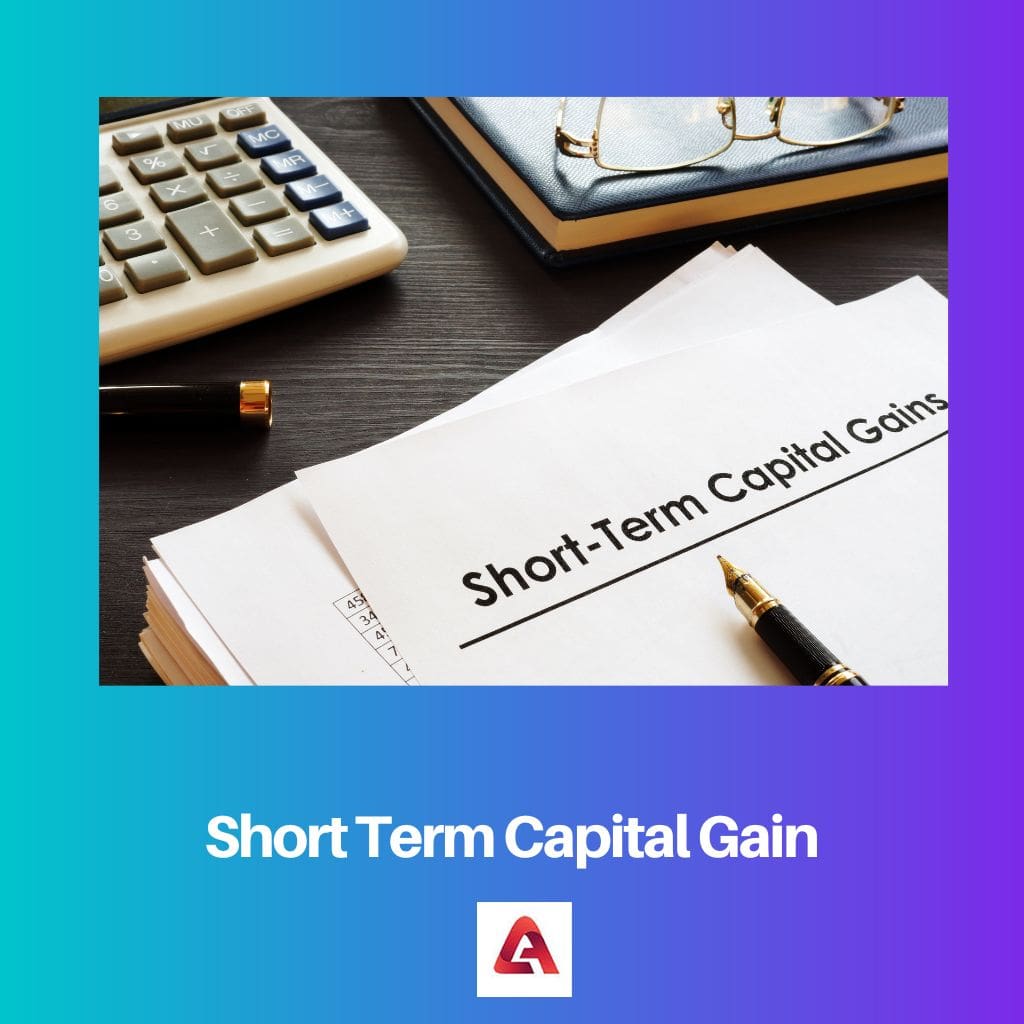People are confused with the stock market terms, and two of the most confusing terms related to funds are Distribution yield and SEC yield.
They both are connected to a loan or a bond that a lender gives to companies as an investment. Later, the profit made is shared.
The distribution yield is a way of quantifying payments that are made yearly to the investors.
In contrast, SEC (Securities and Exchange Commission) yield is also a way of quantifying payments that help to compare funds that comes under the authority of the Securities and Exchange Commission. Both are not dependent on companies’ past performance.
Key Takeaways
- Distribution Yield measures the annual income generated by an investment in dividends or interest, expressed as a percentage of the investment’s current price. At the same time, SEC Yield is a measure of the yield an investment would generate if held for one year.
- Distribution Yield is calculated by dividing the annual income generated by an investment by its current price. In contrast, SEC Yield is calculated by considering the investment’s income and expenses over the past 30 days.
- Distribution Yield is higher than SEC Yield because it includes income generated by the investment in dividends and interest, while SEC Yield considers the investment’s expenses.
Distribution Yield vs SEC Yield
The difference between SEC yield and Distribution yield is that Distribution yield is estimated yearly, which is within 12 months and gives a clear picture of profits made and downfalls that happened to a company. And SEC yield is calculated monthly, which is in 30 days.

A distribution yield quantifies the sum made yearly to the investors as their repayment fund. As it is calculated yearly, it helps a fund or a bond to grow till its maturity.
Formula: dividend amount for 30 days multiplied by 365 days divided by the net worth of every month’s end.
On the other hand, SEC yield is a way of quantifying the sum that helps to compare funds, Which works under the authority of the United States federal government.
It is estimated every month and based on the history of repays made by the borrowers. It gives an accurate result as it is calculated every month.
Comparison Table
| Parameters of Comparison | Distribution Yield | SEC Yield |
|---|---|---|
| Definition | The distribution yield is a way of estimating the fee that is made yearly to the investors. | SEC yield is a way of quantifying the sum that helps to compare funds, which works under the authority of the United States federal government. |
| Calculation | It is calculated yearly or annually. | It is quantified monthly, which is in 30 days. |
| Accuracy | It is a little bit less accurate than the SEC yield. | It is more accurate as it is estimated every month, which is 30 days. |
| Past performance dependency. | It does not depend on the past performance of a company. | It also does not depend on past performance. |
| Future performance estimation. | It does not give any information about future performance. | The whole estimation of future performance cannot be done. |
What is Distribution Yield?
The distribution yield estimates the sum made yearly to the investors as their repayment fund. As it is calculated annually, that is, in 12 months, it helps a fund or a bond to grow till its maturity.
But it is not much accurate because there is a total calculation, and it is not worth waiting if it doesn’t give profit.
The company’s past performance cannot estimate the distribution yield. No one can tell if it will be profitable or non-profitable.
The calculation formula is the one-month dividend amount multiplied by twelve months divided by the net worth of every month’s end. In distribution yield, people cannot compare two funds easily.
Distribution yield is comparable to dividends as those are also calculated yearly. These yields are for individuals and stockholders.
What is SEC Yield?
SEC yield is a way of quantifying the sum that helps to compare funds, Which works under the authority of the United States federal government.
It is estimated in a 30-day period, which helps keep a sharp observation of each investment.
SEC yield is based on the history of repays made by the borrowers. But it does not tell you about your future profit as the profit made or loss made is independent of the companies’ past performance.
Compared to the Distribution yield, the SEC yield is preferred because of its monthly evaluation.
The United States federal government also does a 7-day SEC yield. This also tells about each fund invested.
One cannot precisely measure the repays made but can compare the performance of each yield.
Main Differences Between Distribution Yield and SEC Yield
- The distribution yield is estimated yearly in 12 months and gives a clear picture of profits and downfalls that happened to a company. In contrast, the SEC yield is calculated monthly in 30 days.
- SEC yield compares two funds accurately, but Distribution yield does not give a clear comparison.
- The distribution yield is calculated when a bond reaches its maturity. In contrast, in SEC, yield estimation is done monthly, which is 30 days, so the complete calculation is done by distribution yield.
- Sometimes one can predict minimal future profit with SEC yield but cannot with Distribution yield.
- The distribution yield can be compared to dividends, while the SEC yield cannot be compared to dividends.




